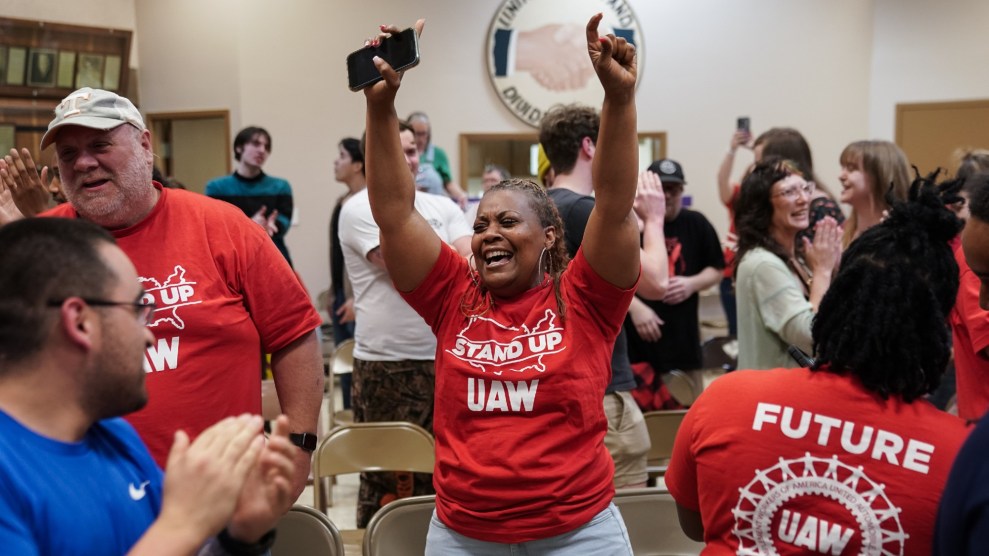After Hurricane Betsy ravaged New Orleans in 1965, the city fortified itself with levees that could supposedly offer protection for a storm of up to a Category 3 strength, and then only a fast-moving Category 3. As more and more of Louisiana’s coastline disappeared over the years, it became obvious to anyone who lived in New Orleans that what may have worked in 1965 was quite likely to be useless.
Indeed, the system may have been only minimally useful when it was created. That is because some areas have always been more vulnerable to hurricane storm surges, and because the levees were not designed as they should have been.
“They really need to re-analyze how to rehabilitate the levees using a current risk-based analysis. That can be easily done, that’s what needs to be done. They really have to take all the calculations and weave that into a new design,” says Lee Butler, an engineering consultant and former Army Corps of Engineers computer analyst.
The Corps based its design on a “standard hurricane project,” which was based on wind strength and not storm surge, which is New Orleans’ biggest hurricane problem. But in order to adequately re-build the levee system, Congress will have to change its design criteria. Under current law, there are no allowances for geographical and storm variations. It is easy to assume that a Category 3 storm is more dangerous to the city than a Category 1, but when flooding is the key factor, no such assumption can really be made.
According to Butler, “the storm category characterization is too simplistic. It’s as simplistic as the color code for terrorism alerts.” Those who live in New Orleans’ lower 9th Ward and in St. Bernard Parish know that their neighborhoods will always flood more than other parts of the city. Those neighborhoods have a 1 in 200 chance of flooding from storm surge in a given year, as opposed to the West Bank of Jefferson Parish, for example, which has a 1 in 500 chance. And when levees come together in a “v” shape, the chance for flooding is even higher. And like interest in a bank account, the chances of flooding in a vulnerable area grow exponentially over the decades.
Scientists and engineers at Louisiana State University’s Hurricane Center have taken issue with the Corps of Engineers’ explanation that Hurricane Katrina’s storm surge broke the 17th Street Canal levees. They maintain that Katrina’s surges didn’t come close to toppling the barriers, meaning that either flawed design or inadequate construction was to blame for the breaches. Ivor van Heerden, deputy director of the Hurricane Center, says that the floodwall slabs should have been interlocked, and that the canals they were intended to protect should have had floodgates.
The Corps of Engineers has promised a full investigation into the levees’ design and construction.















